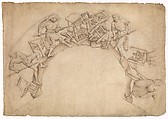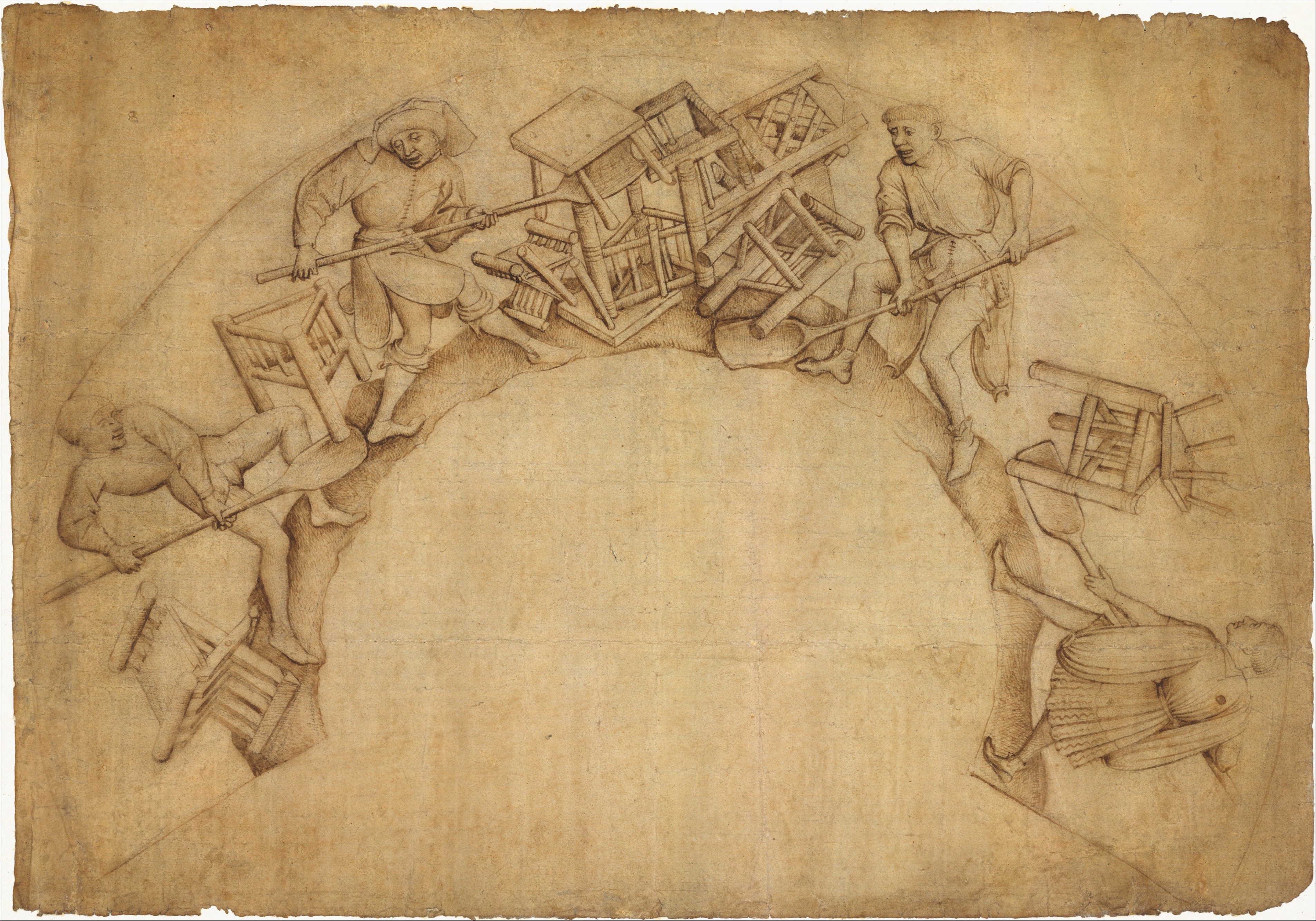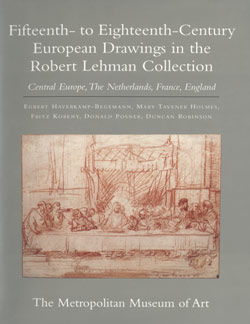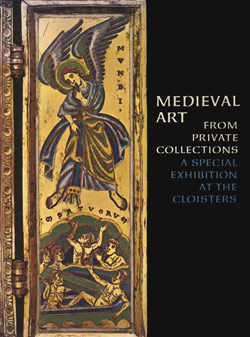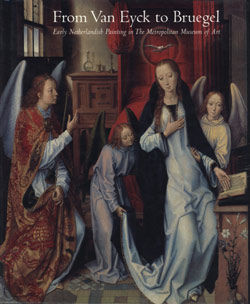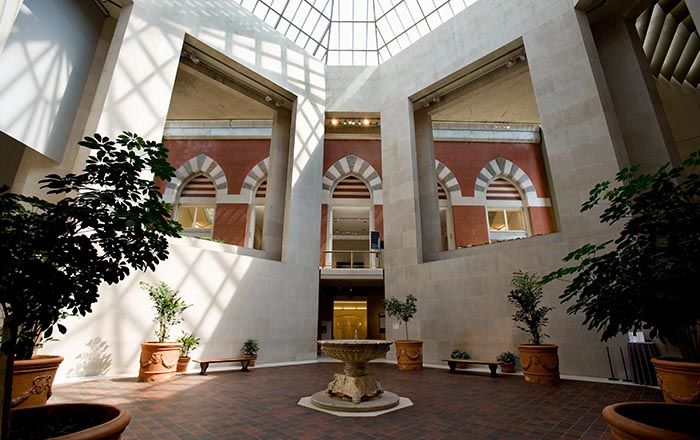Men Shoveling Chairs (Scupstoel)
Circle of Rogier van der Weyden, possibly Vranke van der Stockt Netherlandish
Not on view
This remarkable drawing – among the few extant fifteenth-century designs for representational sculpture – is a study for one of three narrative capitals carved for the Brussels town hall between 1444 and 1450. The subject is a pun on the word scupstoel (literally “shovel chair”), a contraption used for public humiliation in which felons were raised above water and then dropped in. Scupstoel was also the name of a house that previously stood on the site of the new wing of the town hall. An inscription on the drawing’s reverse indicates that the drawing served as a patroen, a model that may illustrate an intermediary stage between the preliminary sketch and the detailed pattern used by the sculptors of the capital. Its curved design suggests the three-dimensional form of the capital. Traditionally associated with the circle of Rogier van der Weyden, the renowned Netherlandish master who oversaw a large workshop as town painter of Brussels, the drawing recently has been attributed to Rogier’s successor in this role: the painter Vrancke van der Stockt. A 19th-century reconstruction of the “Scupstoel” capital (after the original, Musée Communal, Brussels) is now on the ground floor arcade, L’Hôtel de Ville, Grande Place, Brussels.
Due to rights restrictions, this image cannot be enlarged, viewed at full screen, or downloaded.
This artwork is meant to be viewed from right to left. Scroll left to view more.
